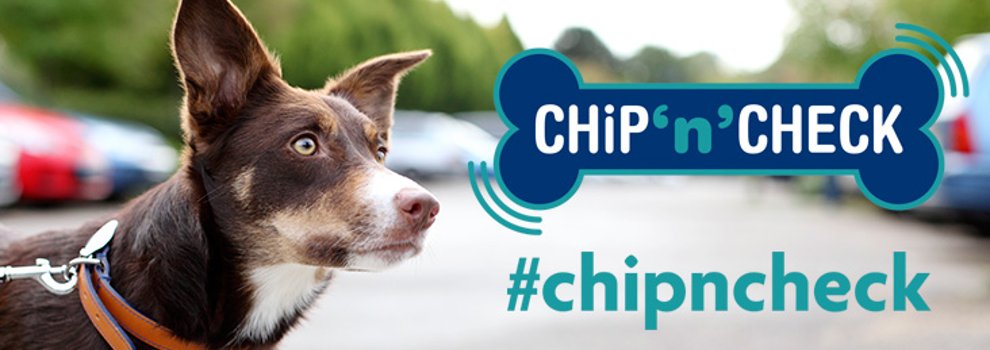- Find a Pet
- Advice and Welfare
- Ways to Give
- Get Involved
- What We Do
- Search
- My RSPCA
- Report a concern
- Sponsor
-
Colour modeVivid Calm
- Home
- Advice and welfare
- Pets
- General
- Microchipping
Microchipping your pet
Thousands of pets are lost every year and many are never reunited with their owners. Microchipping your pet gives them the best chance of being identified and returned to you if they get lost or stolen. While collars and tags can get caught or removed, microchipping identifies your pet permanently and effectively.

How microchipping works
A tiny microchip is quickly and simply inserted under your pet's skin, or in the neck for horses. This gives your pet their own unique code.
The microchip can be scanned and matched to the owner's contact details, which are kept on a national database, such as PetLog.
Microchipping is only effective if you keep your details up-to-date. If you move house or change your telephone number you must make sure you tell the database you're registered with so that they have your up-to-date contact details.
What pets can be microchipped?
Many pets can be microchipped, including cats, dogs, rabbits and horses. Check with your vet for advice, as it will depend on the species, size and condition of your animal.
It's a legal requirement to have any dog over the age of eight weeks microchipped and to keep your details up-to-date. Find out more about dog microchipping.



